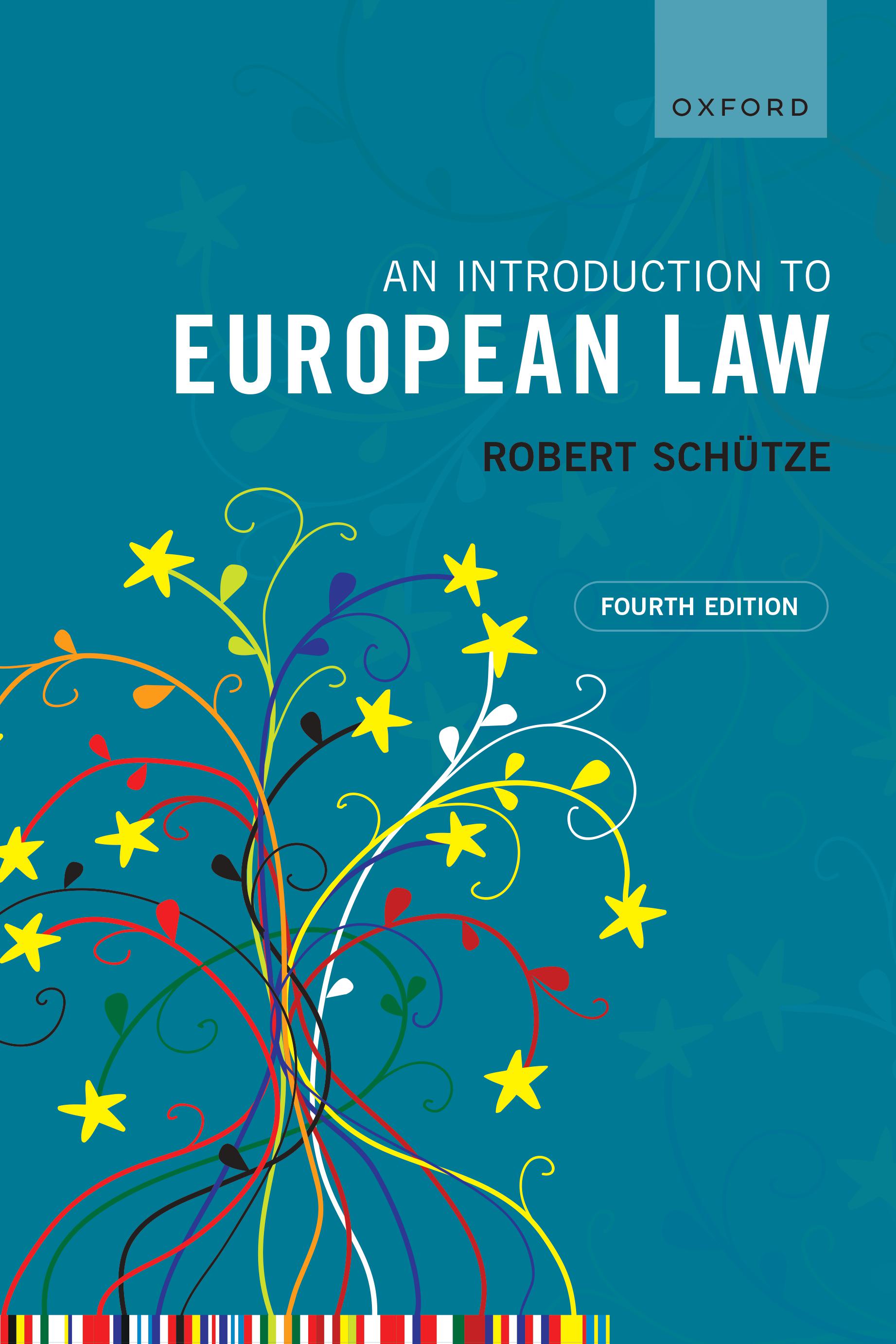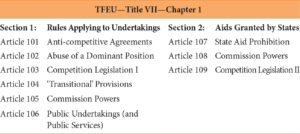1. Article 101: Jurisdictional Aspects
2. Forms of Collusion between Undertakings
3. Restriction of Competition: Anti-competitive Object or Effect
4. Article 101(3): Exemptions through Pro-competitive Effects
Introduction*
Competitive markets are markets in which economic rivalry is to enhance efficiency. Market ‘forces’ determine the winners and losers of this rivalry, and competition will—ultimately—force inefficient losers out of the market.
Who, however, forces the winner(s) to act efficiently? By the end of the nineteenth century, this question was first raised in the United States. After a period of intense competition, ‘the winning firms were seeking instruments to assure themselves of an easier life’; and they started to use—among other things—the common law ‘trust’ to coordinate their behaviour within the market. To counter the anti-competitive effects of these trusts, the American legislator adopted the first competition law of the modern world: the Sherman Antitrust Act (1890). The Act attacked two cardinal sins within all competition law: anti-competitive agreements and monopolistic markets.
The US experience has significantly shaped the competition law of the European Union; yet the inclusion of a Treaty chapter on EU competition law was originally rooted not so much in competition concerns as such. It was, instead, the ‘general agreement that the elimination of tariff barriers would not achieve its objectives if private agreements of economically powerful firms were permitted to be used to manipulate the flow of trade’, EU competition law was thus—at first—primarily conceived as a complement to the internal market.
This also explains the position of the competition provisions within the EU Treaties. They are found in Chapter 1 of Title VII of the TFEU. The chapter is divided into two sections—one dealing with classic competition law, that is: ‘[r]ules applying to undertakings’; the other with public interferences in the internal market through ‘[a]ids granted by States’. Table 12.1 provides an overview of the various competition rules within the EU Treaties.
EU competition law is thereby built on four pillars. The first pillar deals with anti-competitive cartels and can be found in Article 101. The second pillar concerns situations where a dominant undertaking abuses its market power and is covered in Article 102. The third pillar is unfortunately invisible: when the Treaties were concluded, they did not mention the control of mergers. This constitutional gap has never been closed by subsequent Treaty amendments; yet it has received a legislative closing in the form of the European Union Merger Regulation (EUMR). The fourth pillar of EU competition law concerns ‘public’ interferences into free competition, and in particular State aids.
This final chapter on substantive EU law ‘introduces’ European competition law by exploring only the first pillar: Article 101. This article is in many respects emblematic for the ‘European approach to competition law. We start by considering the ‘jurisdictional’ aspects of the provision in Sections 1 and 2. The ‘substantive’ criteria within Article 101, and their relationship to each other, will then be discussed in Sections 3 and 4.
*All footnotes have been omitted for this excerpt.

